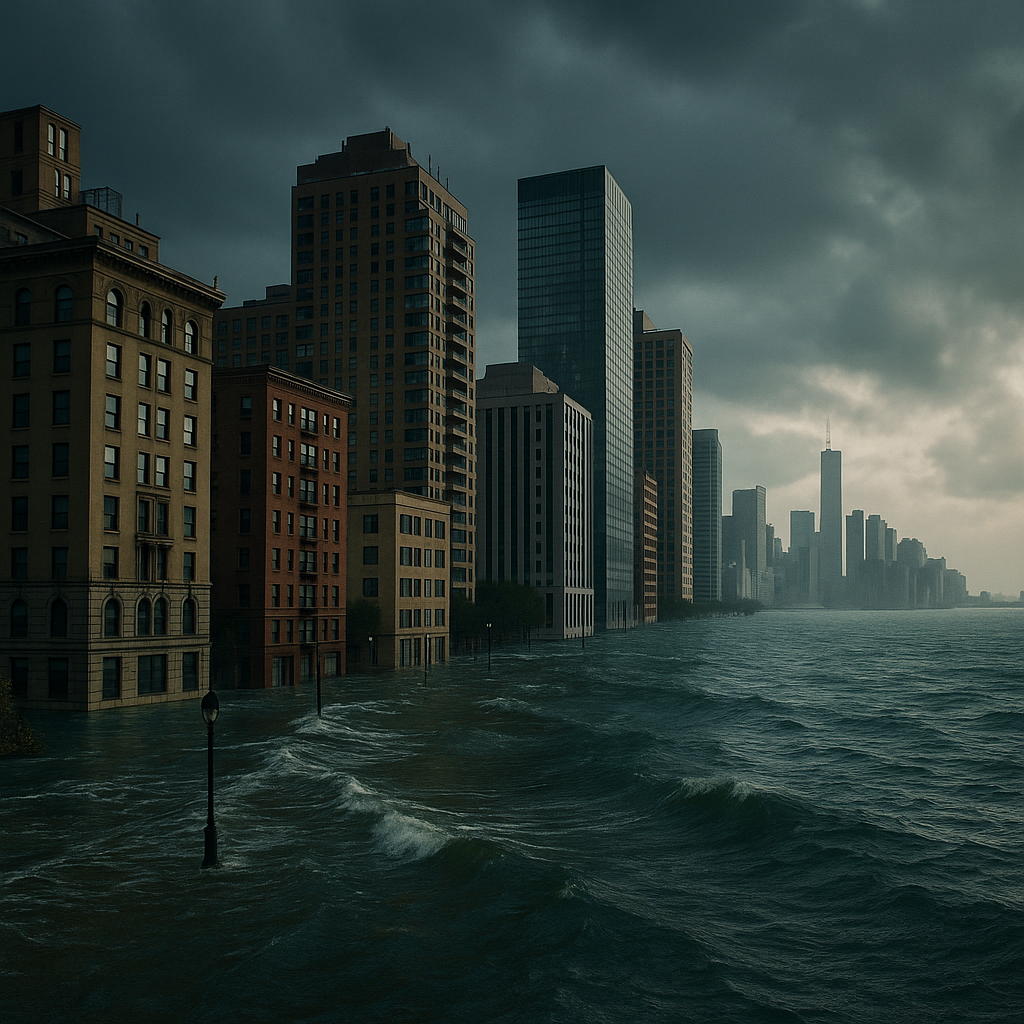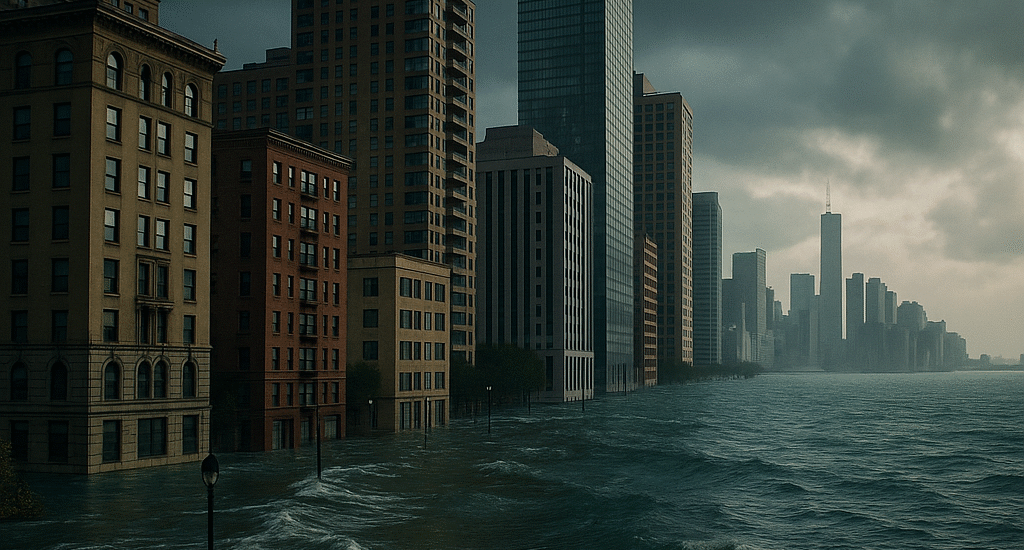In recent years, the ocean has been creeping closer to the doorsteps of millions. Rising sea levels aren’t just a future threat — they’re already affecting coastal communities around the world. Cities like Jakarta, Miami, and Venice are watching their streets flood more often, even during calm weather. The culprit? Climate change.
As the planet warms, glaciers and ice sheets melt, pouring freshwater into the seas. At the same time, warmer ocean water expands, taking up more space. Together, these changes are driving up sea levels faster than scientists once expected.
This isn’t just about beach erosion. In many places, the rising water is damaging roads, homes, drinking water supplies, and entire economies. Flood defenses built decades ago weren’t designed for these new extremes. Cities are now racing to build walls, improve drainage, and in some cases, even plan relocations.

The challenge is massive — and unequal. While wealthier countries may be able to build defenses or adapt, many poorer coastal nations are struggling to respond. Entire island nations like Tuvalu and the Maldives are at risk of disappearing.
Adaptation is becoming a global priority. From floating neighborhoods in the Netherlands to mangrove reforestation in Southeast Asia, communities are trying to live with the water instead of fighting it. Still, without reducing greenhouse gas emissions, these efforts might only buy time.
Sea level rise is slow but relentless. For cities along the coast, every inch matters. As the waters rise, the world must decide: protect, adapt, or retreat.





